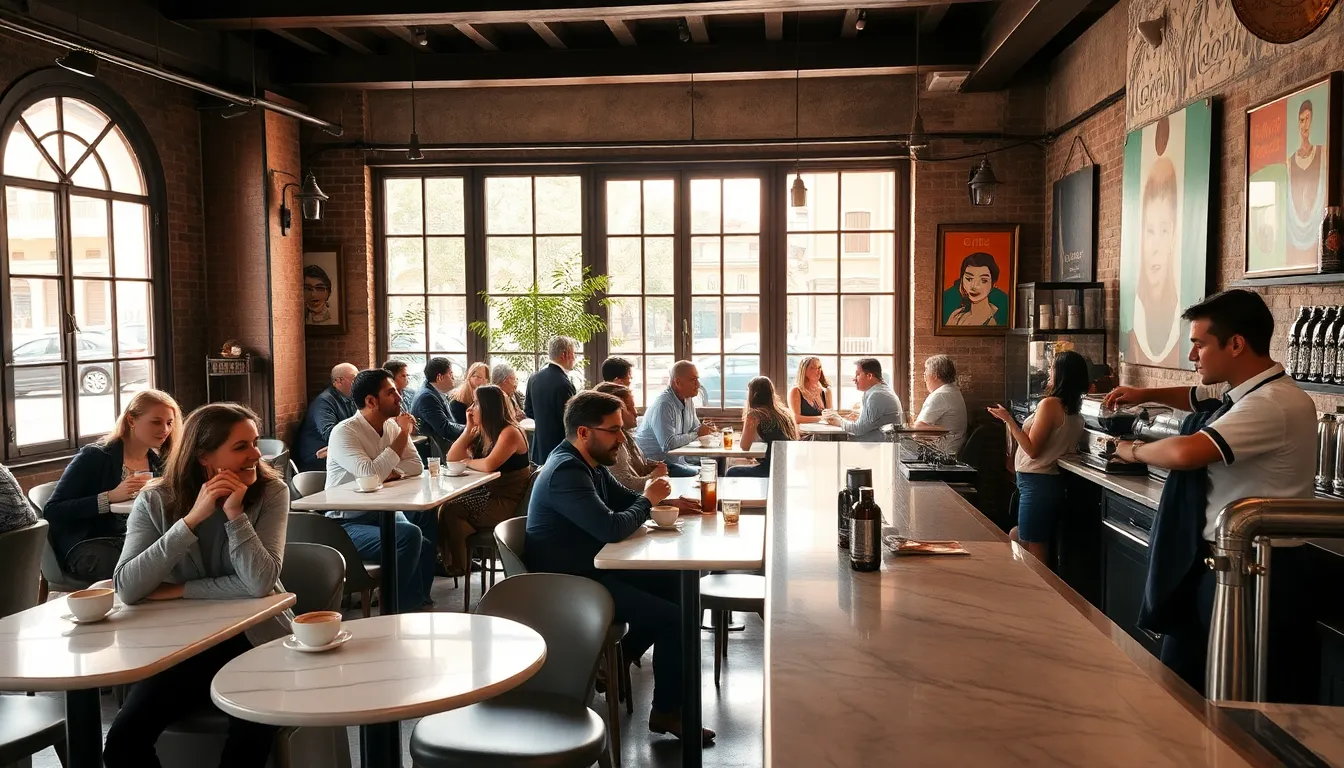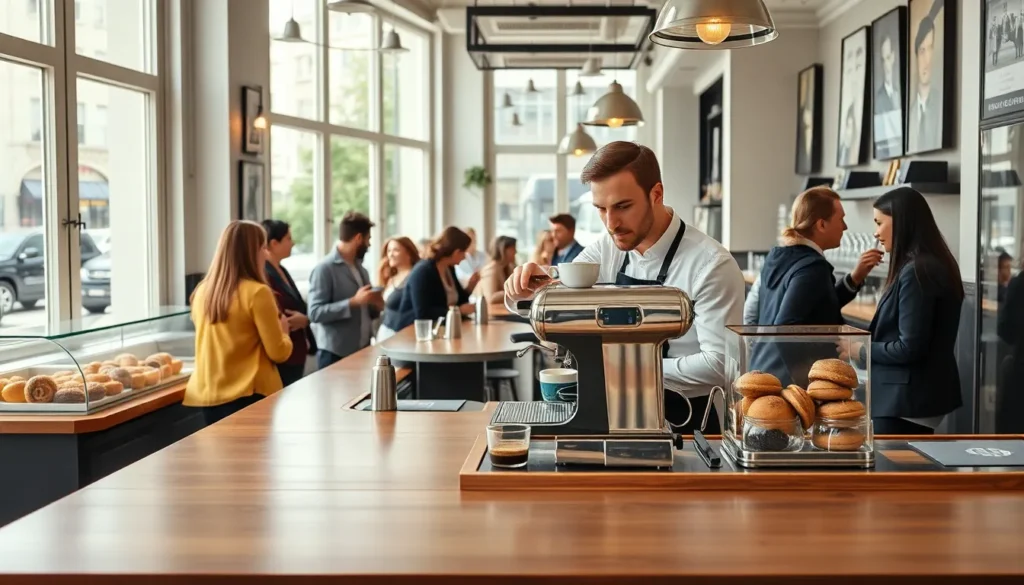Table of Contents
ToggleWhen you think of Italy, images of magnificent architecture, rich history, and, of course, tantalizing food likely come to mind. But wait, there’s more. Coffee is not just a beverage here: it’s a way of life. Italians excel at turning the mundane act of drinking coffee into a social ritual, elevating it to an art form that is uniquely their own. So, buckle up as we embark on a journey through the aromatic corridors of Italy’s vibrant coffee culture, where every espresso tells a story and every sip is steeped in tradition.
A Brief History Of Coffee In Italy

The journey of coffee in Italy began in the 17th century. Originally imported from the Arabian Peninsula, it quickly captured the hearts (and taste buds) of Italians. Coffee houses, or caffè, emerged as popular gathering spots, much like pubs in other cultures. Initially, coffee faced some skepticism, as it was dubbed the ‘bitter invention of Satan’ by clergy. But, once Pope Clement VIII took a sip and declared it delightful, coffee’s fate was sealed. By the time the 19th century rolled around, Italy had fully embraced coffee, laying the foundation for its now-legendary espresso culture.
The bel paese saw coffee evolve from an exotic drink to a daily necessity, reflecting its social quirks and communal spirit. Each region began to brew its own unique varieties, setting the stage for a kaleidoscope of flavors and styles that continue to delight coffee lovers today.
The Italian Espresso: The Heart Of Coffee Culture
At the core of Italy’s coffee culture lies the espresso, a strong, concentrated coffee brewed by forcing a small amount of nearly boiling water through finely-ground coffee beans. This heavenly potion is not merely a drink: it’s a ritual. Standard practice dictates a quick consumption, preferably while standing at the bar. In Italy, savoring an espresso is about the experience, much more than just quenching thirst.
You’ll find that the espresso machine is perhaps one of the greatest symbols of Italian craftsmanship. With brands like Lavazza and Illy dominating the market, espresso has become synonymous with quality. Italians often use their coffee as an excuse for a quick social visit, proving that espresso is as much a part of their social fabric as fashion and football.
Regional Variations In Coffee Preparations
Like any great culinary tradition, coffee in Italy takes on distinctive flavors across its diverse regions. In Naples, for instance, the espresso is strong and rich, while in Milan, they serve it with a touch of milk, elevating the drink to a whole new level of creaminess. There’s also the famed macchiato, a favorite in Lombardy, which highlights the espresso’s robust flavor by merely hinting at steamed milk.
Moving south, Sicilians add their unique flair with the ‘caffè freddo’, a cold espresso sweetened and sometimes flavored with almond. Each region in Italy boasts its own coffee customs, allowing tourists and locals alike to explore a smorgasbord of tastes with every cup.
The Rituals And Etiquette Of Coffee Drinking
Navigating Italy’s coffee culture is a bit like learning a dance, step in time, and you’ll blend in perfectly. One key rule is simplicity: Italians typically drink espresso and avoid elaborate decorations or drinks. Ordering a cappuccino after 11 a.m.? That’s practically taboo.
A true Italian understands the nuances: ordering a ‘caffè’ often means you’ll get an espresso, while ‘caffè lungo’ is a longer espresso with more water. The etiquette of drinking coffee also extends to seating arrangements. Standing at the counter is the norm and helps maintain a vibrant, buzzing atmosphere, fostering quick interactions among patrons.
Coffee Houses And Their Social Role
Caffè aren’t just coffee shops: they’re community hubs that foster relationships and commerce. These establishments serve as informal meeting grounds, where people convene to discuss politics, sports, and philosophy over a cup of coffee. In many ways, they function as an extension of the home, providing a comforting space to unwind.
The decor often reflects the history of the establishment, with old photographs and ornate furnishings. Many famous writers and artists, including the likes of Ernest Hemingway and Arthur Miller, have found inspiration in these coffee houses. It’s no surprise that the caffè continues to be a crucial part of Italian identity, linking people through shared experiences and creating a sense of unity.
Modern Trends And The Future Of Coffee In Italy
As the world evolves, so does coffee culture in Italy. While traditional espresso remains unchanged, modern advancements are surfacing alongside it. The rise of specialty coffee shops has introduced a new focus on artisanal brewing methods and rare beans. Many cafes are now experimenting with brew methods like pour-over and cold brew, attracting a younger demographic keen on exploring coffee’s complexity.
Sustainability has also risen to prominence. Many cafés are prioritizing ethically-sourced beans and environmentally-friendly practices, making coffee enjoyment more conscious. As Italy embraces these new trends, it’s a testament to how the timeless charm of coffee culture can seamlessly blend with modern values.




